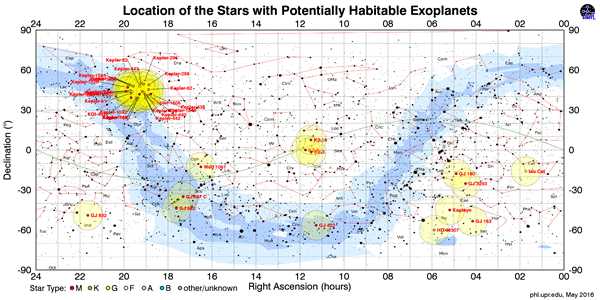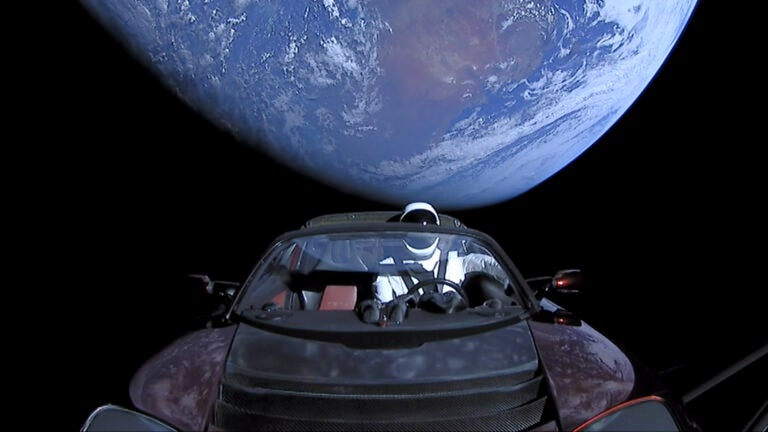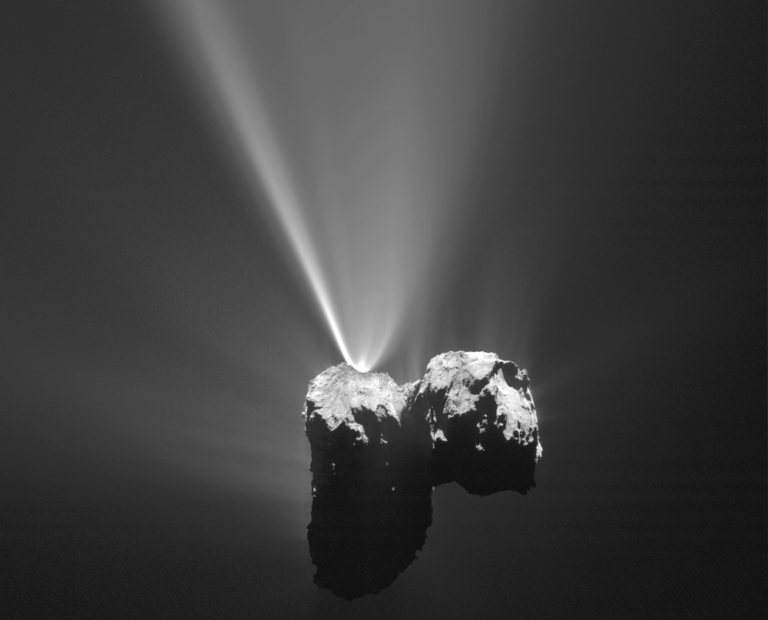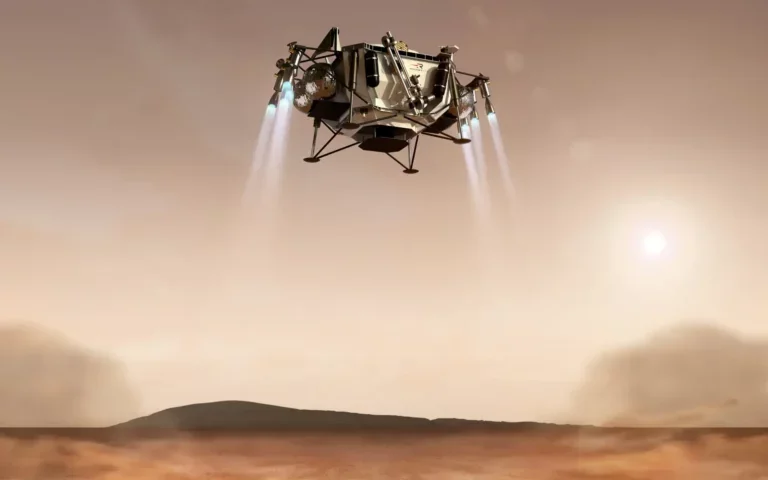We know of more than 3,000 planets out there in our galaxy, and the list keeps growing. But of all those planets out there, only a small handful are considered habitable. Some exoplanets are too big to have a solid surface. Others are too close in to support life, or too distant not to freeze over.
The Planetary Habitability Laboratory at the University of Puerto Rico at Arecibo put together a catalog of these scant few planets where we might find life. It also put together the above chart, which shows where in the night sky these exoplanets “live.” Many of the Kepler planets are clustered because the spacecraft looked only at one particular portion of the sky.
Of course, there are always a few caveats. In our solar system, Venus and Mars both fall in the Sun’s “habitable zone,” but were stripped of water either by a runaway greenhouse effect in the case of Venus or a loss of dense atmosphere in the case of Mars. There are still niches where any life that arose might exist in theory, but no concrete evidence yet. There may be other planets out there that theoretically have the right conditions but either never had the chance to thrive or were stripped of an earlier, balmier atmosphere.
The PHL catalog also includes catalog planets, those not yet confirmed by other observations to be real. This means there’s the off-chance some of them might not hold up under further scrutiny and could be observational errors, eclipsing binaries, or other non-planetary events. So some of these are strongly suggested to be planets but need more concrete proof.
Finally, there’s the really disappointing part: any exoplanet much smaller than Jupiter-sized is virtually impossible to see with any current optics, let alone a backyard telescope. Some of the stars are also incredibly faint, too faint to see with many telescopes. With a high-end telescope and some decent software you might be able to detect a transit, but there’s no chance to see the planet itself. The list of directly imaged exoplanets is incredibly small. The tennis court-sized James Webb Space Telescope might be able to finally spot some of these smaller planets, and is set for a 2018 launch.
With that said, it’s still nice to know where, exactly, to look up and think “there may be life there.”










